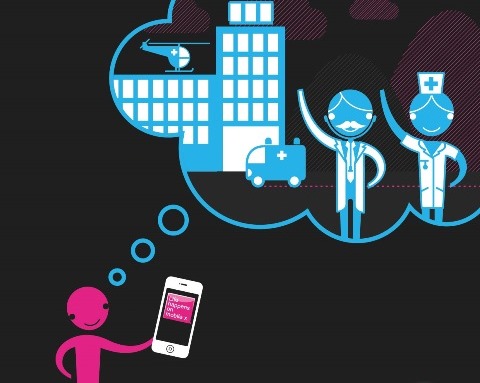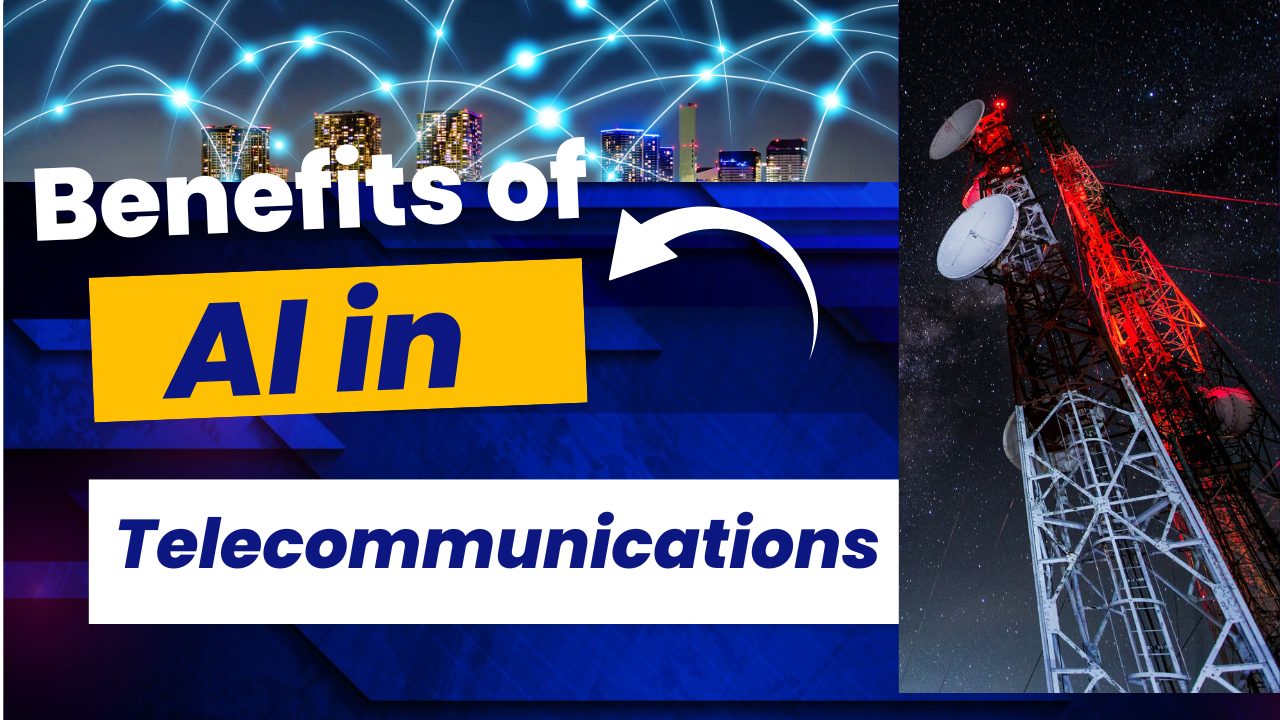ICTpost Social Media Bureau

Nine of 10 (or about 88%) online consumers in India share content on social media sites compared to 71% globally, according to a survey report. The survey was conducted by Ipsos, a market and opinion research firm, which polled 18,150 respondents globally. Social media platforms have transformed engagement in all areas of life, including healthcare.
Hospitals are using social media for marketing, patient education, and for disaster communications. Meeting your doctor on YouTube then receiving a video text from her when you miss an appointment. Sharing marathon milestones with friends around the world while you run. Halting a nicotine craving with an instant reward of encouragement, delivered straight to your smartphone.
Trends
Current trends to watch in social media in health care include:
- Managing a conversation;
- Engaging e-patients;
- Convergence with personal health records; and
- Social media for providers.
An important distinction in this two-way conversation is between medical advice and medical information. Hospitals and providers need to walk a fine line between giving specific medical advice in the relatively public forums of social media and providing more generalized medical information.
At the same time, there are ways to create a conversation with health care consumers. Sites like Medhelp.org have provided this kind of information using medical experts to answer patient-submitted questions in general terms. For instance, promoting wellness is a win-win; medical information relevant to many is provided without specific medical advice for a patient’s medical condition.
The rise of e-Patients creates many opportunities for engagement. E-Patients are defined as those who are equipped, enabled, empowered and engaged in their health and health care decisions. E-patients can provide feedback not only on improving hospital Web sites but also as participants in quality improvement within the health system. The dynamic between physicians and patients is definitely at a tipping point. For decades, patients were essentially the receivers of healthcare and really had little say in the care delivery, options or logistics of their own healthcare. With the advent of social media and connected health patients are now empowered to take a role in their own healthcare and wellness. This is certainly intimidating for many physicians who cannot move beyond old school healthcare delivery models. But ultimately, the role of patients as partners in their healthcare will certainly benefit everyone.
Per Dr. Eric Topol, A core problem is the medical profession. The average time it takes for a significant innovation to become standard clinical practice is 17 years. The Wall Street Journal had a piece about how 62 percent of doctors don’t use email with their patients. Physicians who are currently practicing medicine should embrace social media as a connection point with their patients and colleagues and to stay abreast of healthcare reform. Blogs attached to practice websites or hospital portals could create that needed link for this set of patients. It is crucial that patients become active participants in their own care to really have comprehensive wellness.







